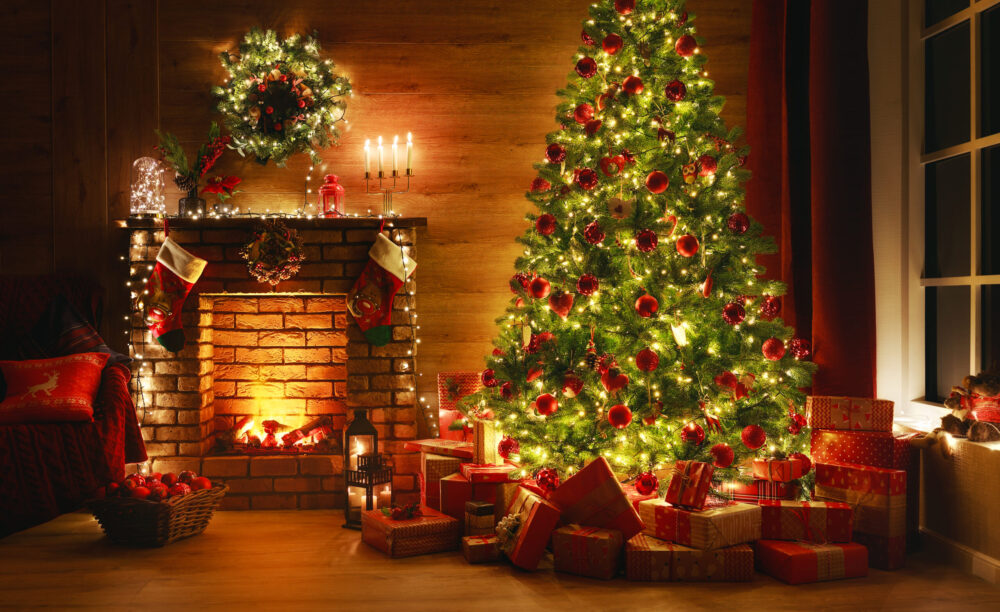New Year’s Day and Christmas Day are widely celebrated around the world, and every country has different customs and traditions depending on their history, culture, and values. These traditions may look quite different in some regions. Not only do some populations eat different Christmas foods, but Christmas Day is also observed on different dates in some other countries. We thought it would be very interesting and entertaining to see what various countries do to celebrate the holidays, so we asked some of our employees from different parts of Europe to share their traditions with us.
In Poland, Christmas Eve (Wigilia) is the most important holiday of the year. Most gifts are exchanged on this day, although celebrations will continue on December 25 and 26. On Christmas Eve, the day starts with fasting and the feast begins once the first star appears in the sky. Traditionally, twelve courses are served for Christmas Eve dinner and they are symbols of wealth, the twelve Apostles, and the twelve months of the year. Most Polish people prepare all dishes at home from scratch. There is no meat served but fish, usually carp.
Here are just some of the very delicious Polish Christmas Eve dishes:

Red Borscht with Mushroom Dumplings




In Ukraine, most people celebrate Orthodox Christmas Day on January 7 when people go to church to attend service. Children go from house to house in their neighborhood singing Christmas carols and wishing families prosperity, wealth, and happiness. In return, children are gifted with candies or money which is believed to bring luck for the year ahead. Families usually prepare twelve courses on this holiday which represents the twelve Apostles. Kutia (boiled rice with raisins and honey) is always the first course that should be tried at the table. Some of the other courses include red borsch, dumplings, fish, mushrooms, potato, beans, cabbage rolls, and gingerbread.
Another holiday widely celebrated is New Year’s Day when family and friends gather together at one table and exchange gifts. Families also buy Christmas trees and decorate their homes and people dress up to meet the New Year in which celebrations can last the whole night. Traditionally, people serve different types of appetizers, salads, sandwiches, and a main course. Some of the traditional courses include dressed herring, Olivier salad, and kholodets (meat jelly).



Serbia also celebrates Orthodox Christmas Day on January 7. The celebration starts with Christmas Eve on January 6 when an oak branch is brought into the house and festive dinner is served, copious and diverse in foods, but no meat (except fish) or animal products are consumed. The meal may consist of roasted fish with potatoes, layered bean and onion dishes, tuna salad, meatless stuffed cabbage, a rice and vegetable casserole, nuts in the shell, dried fruits, and baklava.
The celebration continues on Christmas Day with a lavish selection of roast pork, meat stuffed cabbage, cold cuts, chicken or veal stew, cheese strudel, Olivier or Mimosa salad, and cakes. An essential feature of Christmas dinner is česnica, which is a handmade round loaf of bread. While it is kneaded, a coin is put into it. Family members break a česnica at the beginning of Christmas dinner. They together hold the česnica and rotate it three times counterclockwise. It is believed the one who finds the coin hidden in the česnica will have an exceptionally good luck in the ensuing year.
Gifts are exchanged on New Year’s Eve or New Year’s Day, and gifts for children are placed under the Christmas Tree. Celebrations on New Year’s Eve last almost all night at hotels, bars, and restaurants, and major cities have large free concerts at downtown squares where the most popular domestic artists perform. Many people get together again on New Year’s Day to continue the celebrations.
Cesnica (handmade loaf of bread)


Cold cuts



